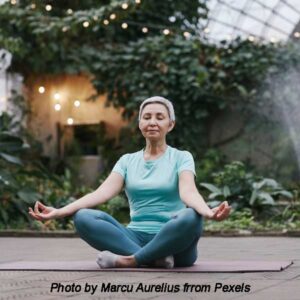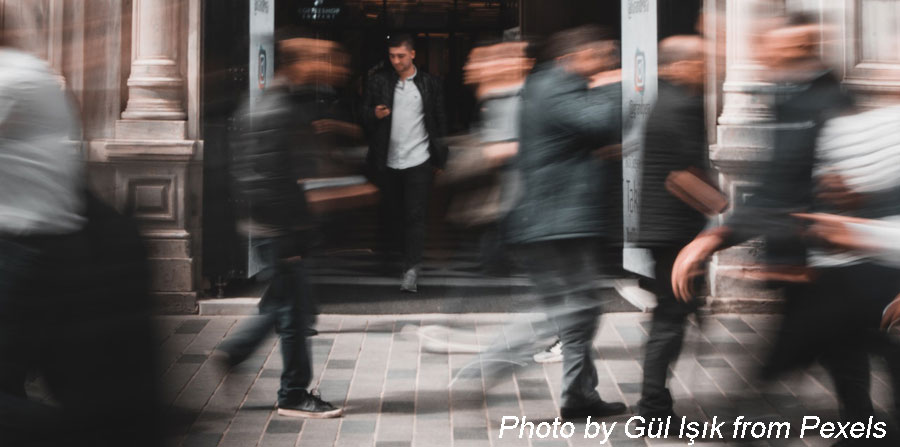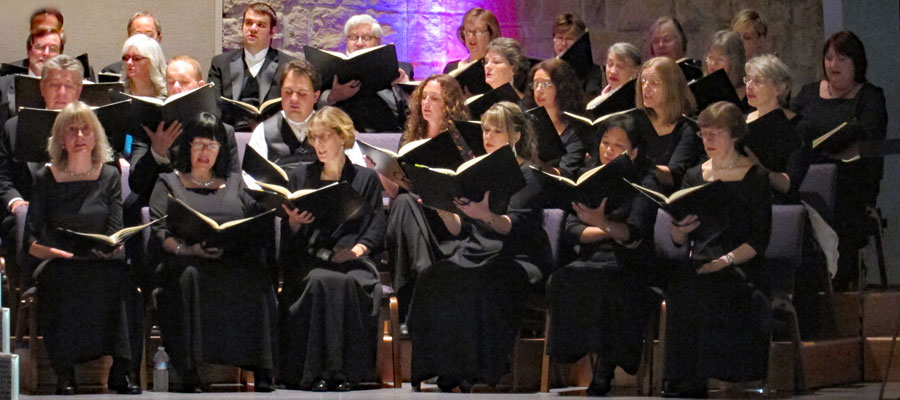“Autumn teaches us the beauty of letting go. Growth requires release – it’s what the trees do.” – Ka’ala, native Hawaiian author
A dear friend shared a blog post the other day about distraction. It caught her attention in the wake of a missed appointment due to the competing demands of another engagement. Those of us who read the post could so relate! I haven’t missed appointments, but I’ve developed a pattern of leaving things behind after meetings rather than collecting everything up in my tote bag. Mercifully, my colleagues have had my back, and nothing has been lost. But I can’t help but wonder: What’s up with that?
The author put forth a clear remedy for this form of distraction: Slow down and lighten up your load! Autumn seems like an especially auspicious time to do just that.
The past week has seen a dramatic drop in temperature in my neck of the woods. The trees have taken notice. The green leaves are turning to vibrant Fall colors with the first of them starting to drop to the ground. They’re lowering their demands for energy in anticipation of weathering the colder, darker days of late Fall and Winter.
With nature’s clear reminder of changing times, it’ s odd (and frustrating) that I have such difficulty getting the message. I revel in taking advantage of new opportunities as they present themselves – especially if there is a strong social component to them. And when it comes to volunteering my time for the good of the organizations in which I hold membership, I have leaned toward being “the girl who can’t say no” (as my mother was wont to remind me). I leap into the fray when I see a need and have the skills and experience to do something about it. I then wonder why I’m habitually tired and stretched thin.
It’s time to take a step back and rethink my commitments and priorities. Like the trees, I need to consider my available energy and see how many commitments I can reasonably sustain during this period of my life. That process will inevitably mean that some activities I’d love to hold dear must be let go while I find a healthy equilibrium. I will remind myself that such decisions do not mean that I won’t participate actively in my community. It simply means reining in my involvement to a reasonable level.
The second half of the tree analogy considers the new growth opportunities once the light of day is allowed to shine through. I’ve clearly given short shrift to some educational and personal development opportunities in favor of my external commitments. One wonders what new insights might arise if I step back and allow for that work to percolate and insinuate itself more deeply in my life.
Maybe this old dog might learn new tricks this autumn.









